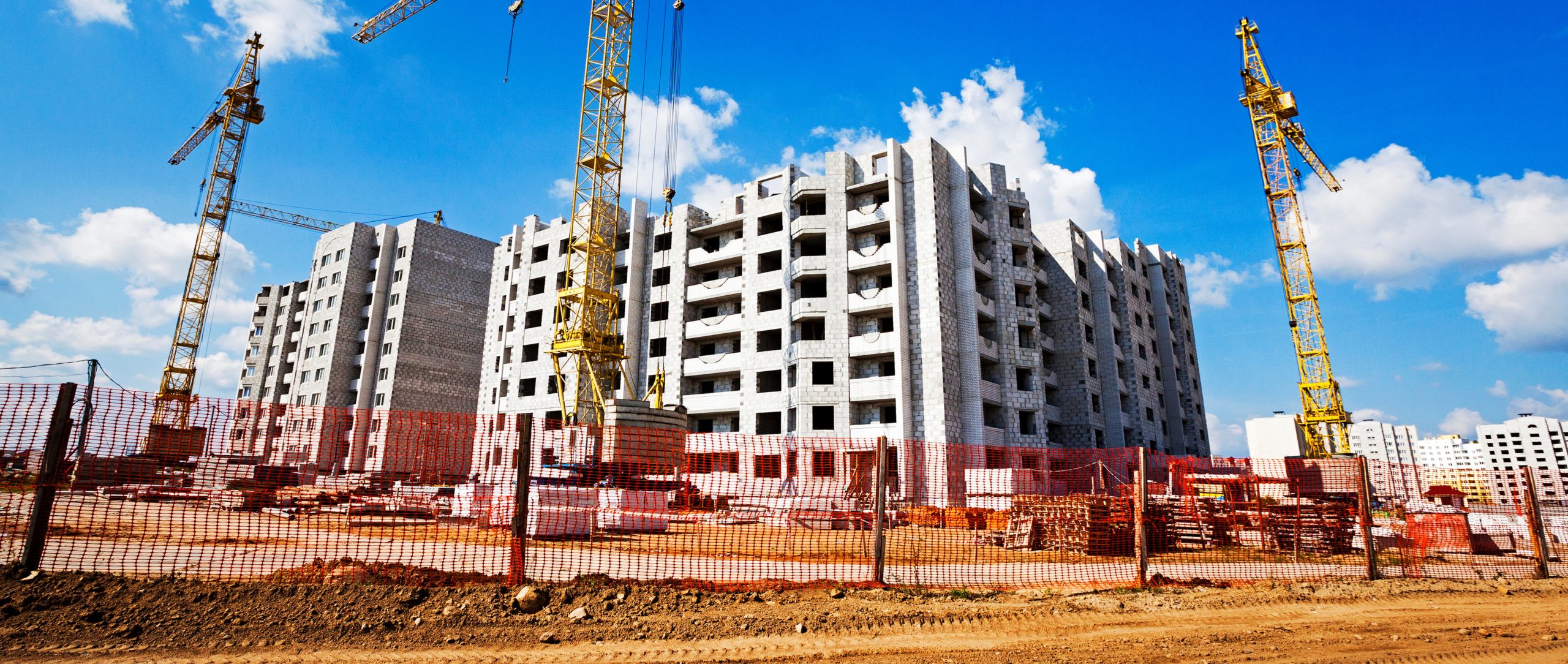On December 27, 2020, President Trump signed the COVID-Related Tax Relief Act of 2020. The Act provides incentives for affordable housing developers. The Act has established a permanent 4% credit floor for projects financed with tax-exempt bonds receiving their credit allocation or is issued qualifying tax-exempt financing after December 31, 2020. This is a permanent change to the original Tax Reform Act of 1986. The 9% credit floor has been a permanent change since the Protecting Americans From Tax Hike Act in 2015. The purpose of the low-income housing tax credit (LIHTC) program was to encourage the development of affordable housing.
Developers claim these tax credits, which are usually administered by the state’s housing finance agency, appropriated over a 10-year period. There are 2 types of credits administered by the agencies, a 9% credit, and a 4% credit. The 9% credits are reserved for new construction and rehabilitation costs not financed with Federal subsidies which are intended to deliver a 70% subsidy of the present value of the qualified basis of the building, excluding the land. The 4% credits are reserved for new construction and rehabilitation projects utilizing at least 50% of federally tax-exempt bond financing and existing buildings which are designed to deliver a subsidy of 30% present value of the qualified basis of the building. Historically, the U.S. Treasury used a formula to determine the credit rates that will deliver the 30% and 70% subsidy each month considering 3 factors: the credit period length, desired subsidy level, and current interest rate. The credit period length and subsidy level are set; however, the current interest rate fluctuates.
Historically, the interest rates have been below 4% and 9%. The credit floors of 4% and 9% could produce subsidies that are greater than 30% and 70%, respectively. By establishing the permanent credit floors, developers can see an increase in subsidies greater than 30% and 70%. The further the credit rate is below the 4% and 9% floor, the greater the increase to the subsidy. If the prevailing interest rates are equal to or greater than 4% and 9%, the subsidy rate will not change.
In addition to the permanent change to the 4% tax credit floor, the Act has also increased the ceiling for low-income housing tax credits during calendar years 2021 and 2022 for buildings located in qualified disaster zones in that state.
The IRS has also extended the following deadlines for LIHTC Properties.
- 10% Test for Carryover Allocations– if the last day for an owner of a qualified low-income building with a carryover allocation to meet the 10% test is on or after April 1, 2020, and before September 30, 2021, the last day for the owner to meet the 10% carryover allocation is postponed until after September 30, 2021.
- 24-month minimum rehabilitation expenditure period– if the last day originally ends on or after April 1, 2020, and before September 30, 2021, the last day to incur the minimum rehabilitation expenditure with respect to the building is postponed until September 30, 2021.
- Income Recertifications– for the period April 1, 2020, and ending September 30, 201 are suspended until September 30, 2021. The owner must resume income recertifications after September 30, 2021.
- Compliance Monitoring– Monitoring agencies are not required to conduct inspections or reviews between April 1, 2020, and September 30, 2021. Agencies must resume compliance monitoring, inspections, and reviews after September 30, 2021.
- Emergency housing for medical and other essential workers– owners of qualified low-income buildings may provide housing from April 1, 2020, to September 30, 2021, for medical personnel, and other essential workers provide COVID-19 relief if they are displaced.
For more information, or if you have any questions about this or any other tax matter, please contact your WilkinGuttenplan advisor.





